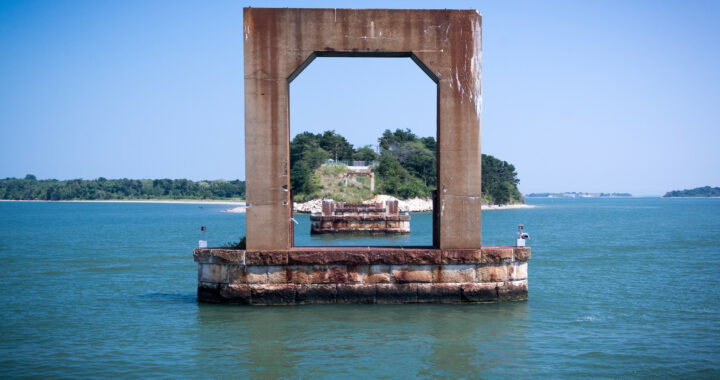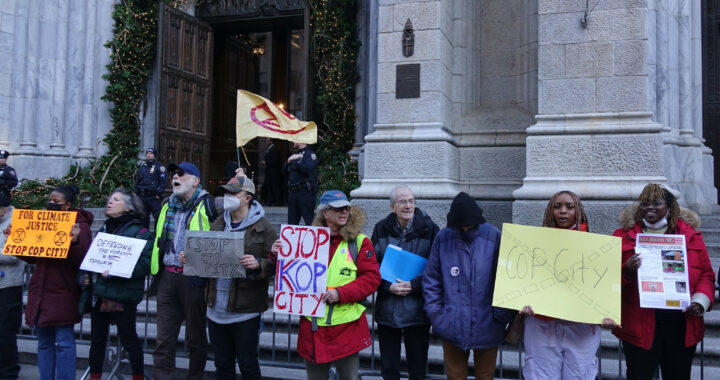Long Island Bridge: Environmental hurdle thrown into the mix, but project not sunk yet
by Patrick Wilson
The saga of the Long Island Bridge, the contentious connection between Boston and the islands of Long and Moon, has taken another twist with a recent environmental ruling. While it’s not a death knell for the project, it definitely throws a wrench in the works, adding another layer of complexity to the already long and winding process.
Here’s a breakdown of the latest developments:
-
Environmental Order: On December 21st, the Massachusetts Department of Environmental Protection (DEP) issued a crucial order regarding Boston’s plan to rebuild the bridge. The order clarifies the project’s status under environmental regulations, stating that:
- Not a “repair”: The DEP ruled the project doesn’t qualify as a simple “repair” of an existing structure, which would have expedited permitting. This adds additional hurdles for Boston, as they’ll need to undergo a more rigorous environmental review process.
- 1949 license non-existent: The order also confirmed that a rumored 1949 permit for the bridge never existed, further complicating Boston’s claims of pre-existing authorization.
-
Quincy celebrates: Quincy, the city opposed to the bridge rebuilding, hailed the DEP order as a victory, seeing it as a setback for Boston’s plans. Mayor Koch described it as a “slowdown message” and expects the process to drag on further.
-
Boston remains optimistic: While acknowledging the challenges posed by the order, Boston officials maintain their commitment to the project. Mayor Wu reiterated the importance of the planned addiction recovery campus on Long Island and believes the city can address the DEP’s concerns.
What’s next?
- Hearing in March: A key hearing is scheduled for March 2024, where a judge will decide on the fate of a Chapter 91 permit issued to Boston in August. This permit regulates projects impacting public access to waterways, and its approval is crucial for the bridge’s future.
- Legal battles: Both sides are expected to continue legal challenges, potentially leading to further delays and appeals.
Overall:
The recent environmental ruling has undoubtedly added a new layer of uncertainty to the Long Island Bridge project. While it’s not a definitive stop sign, it makes the path forward more complex and potentially longer. Both sides remain determined, and the legal battle is far from over. The March hearing and subsequent legal proceedings will likely be the next significant milestones in this ongoing saga.
** This piece was created with the help of ai.



